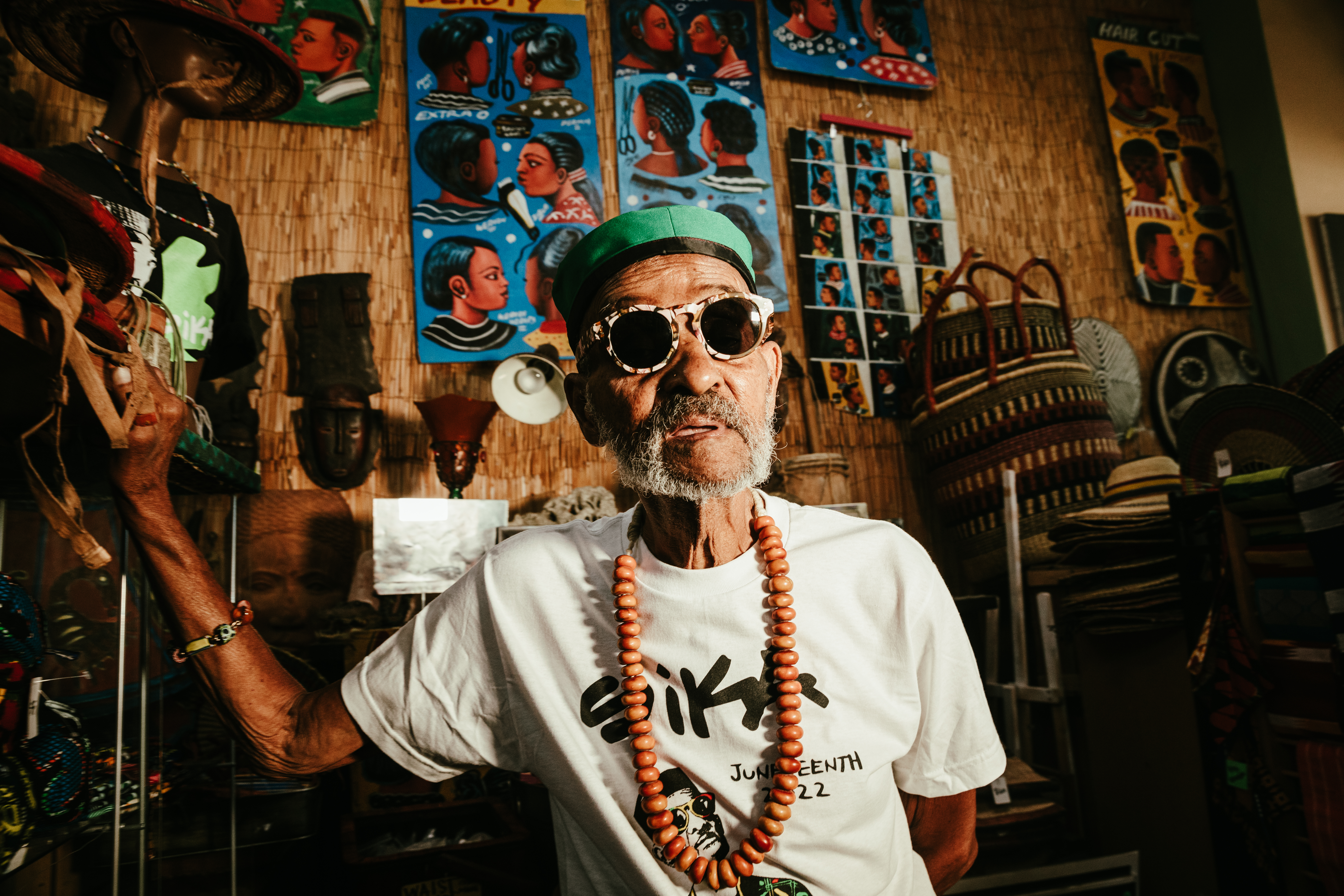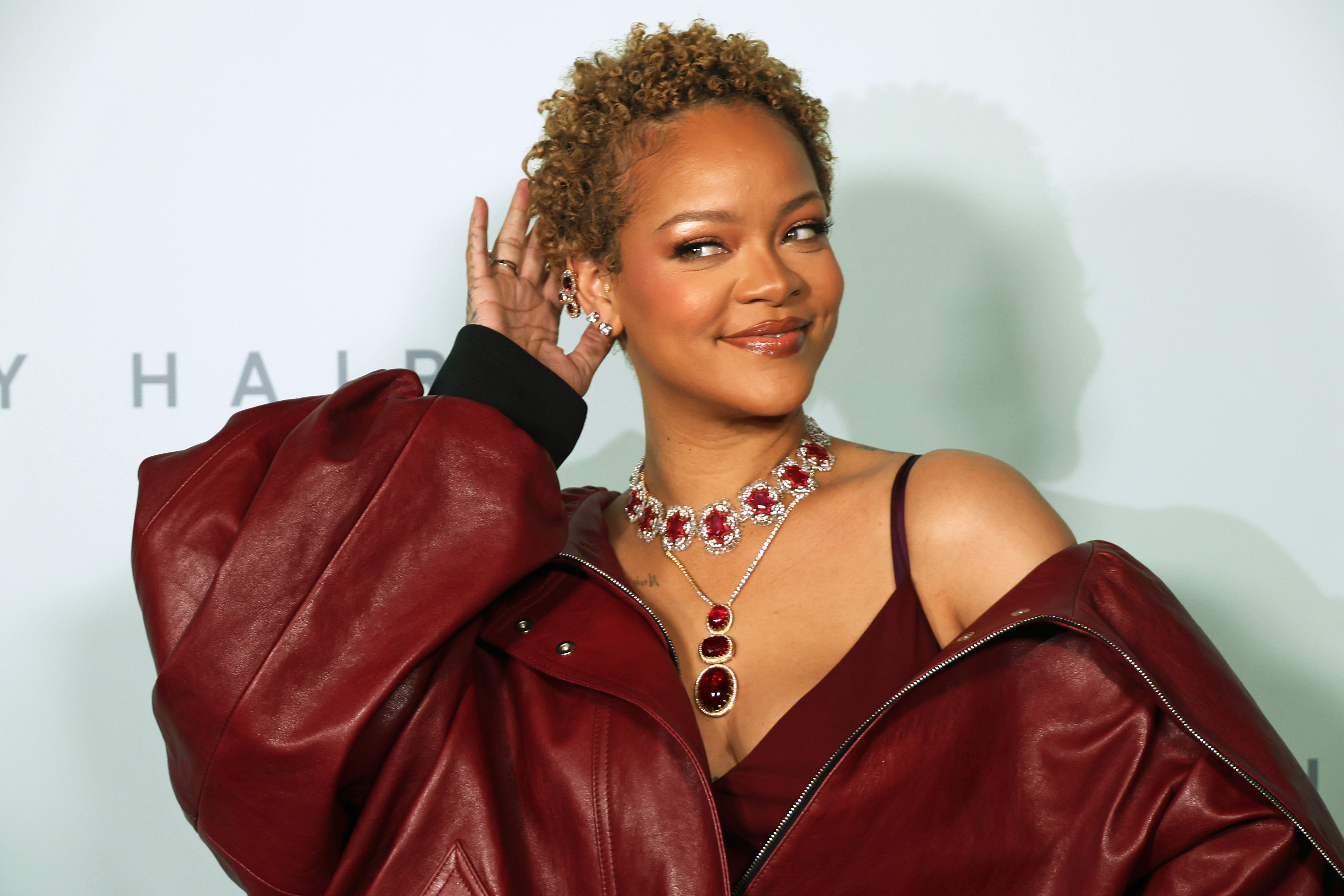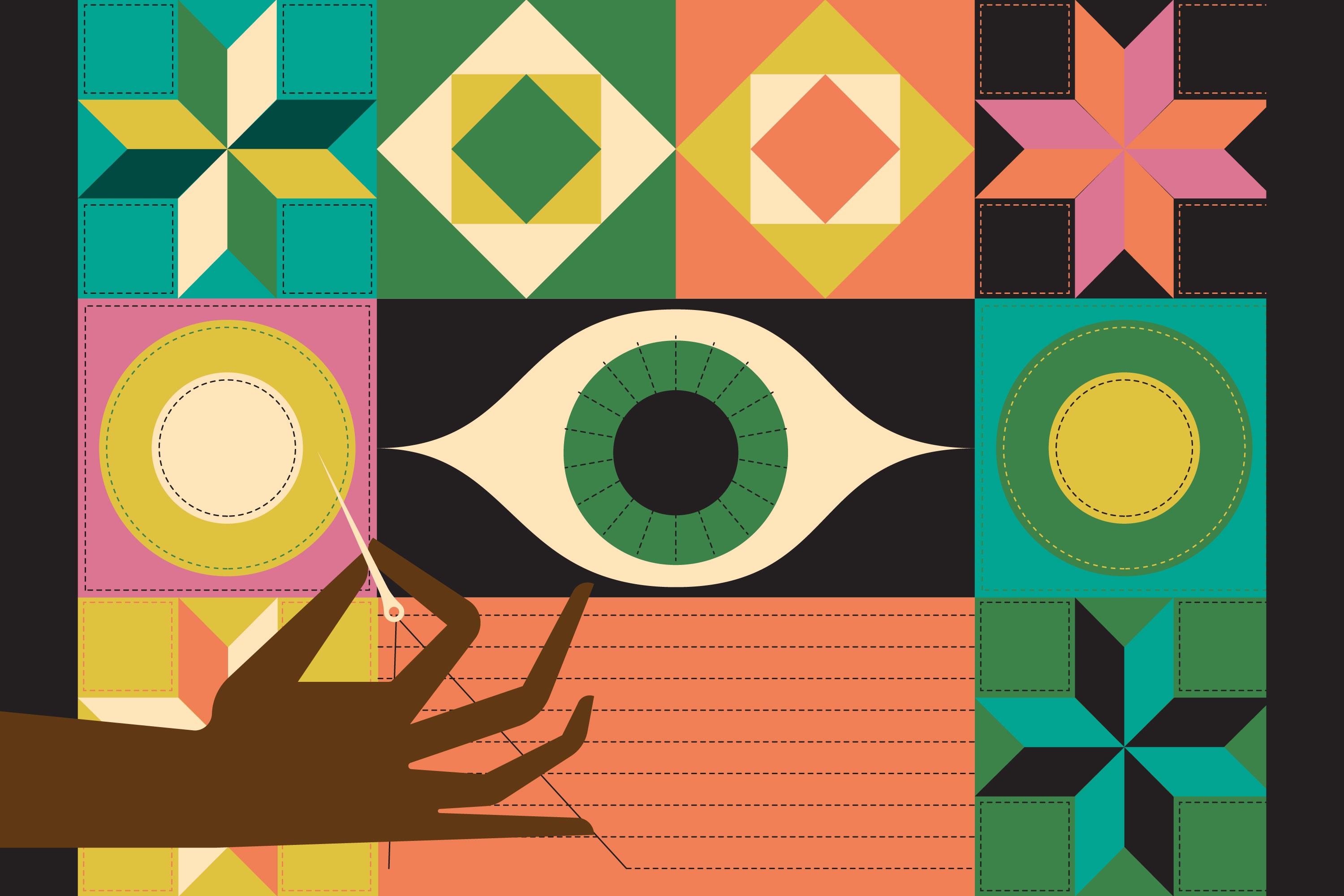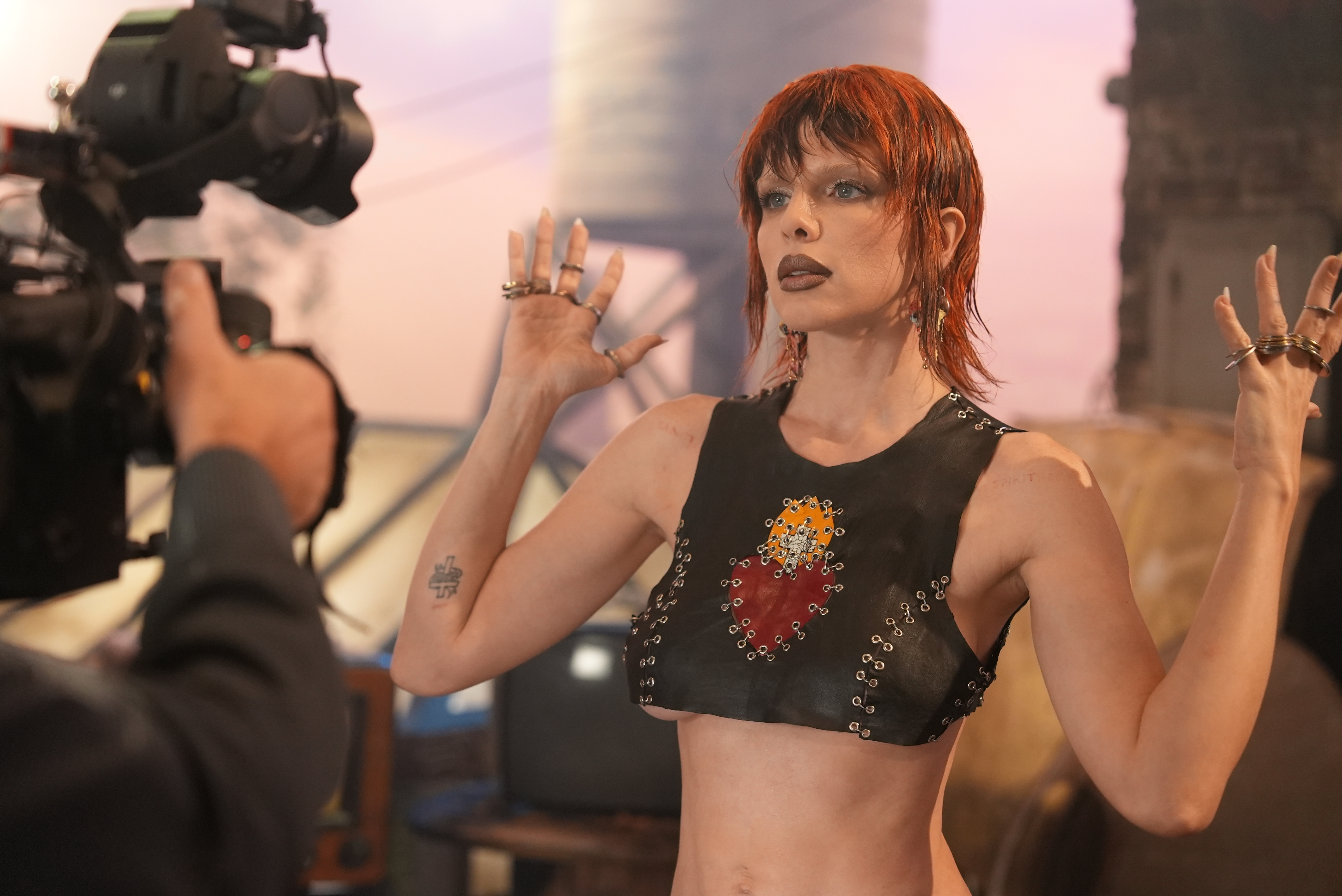Footwear’s Ugly Duckling Grows Up : Fashion: Clunky Birkenstock sandals were part of the 1960s counterculture. Now their U.S. distributor hopes some stylish updating will broaden their market appeal in the 1990s.
When Margot Fraser visited her native Germany in 1966, she discovered a pair of homely sandals called Birkenstocks that soothed her chronically aching feet.
Thinking that American women would welcome this alternative to the pointy footwear fashions of the day, she brought a few pairs back to her home in Santa Cruz and began a word-of-mouth campaign. She and her husband soon had to move their cars out of the garage and convert it into a warehouse to hold all the shoes.
Today, Birkenstock Footprint Sandals, of which Fraser is owner and president, has grown well beyond the garage stage.
The company occupies a 74,000-square-foot office and warehouse complex--double the space of just a year ago--in an office park in the Marin County community of Novato, about 25 miles north of San Francisco.
And far from the few pairs that Fraser ordered for friends via parcel post in the old days, her company now imports about 500,000 pairs of sandals and shoes annually from the German manufacturer and distributes them to more than 1,000 retailers across the country.
Not bad for earthy, clunky, cork-bed shoes that were originally sold in health food stores, became part of the counterculture’s dress code in the late 1960s and over the years have occasionally been denounced by preppie and trendy sets alike as Geekenstocks.
In an effort to win broader acceptance of the shoe, Fraser, as the sole U.S. distributor, has lately encouraged the German manufacturer of Birkenstocks to step into livelier styles and colors.
The idea is to try to make what was once a hallmark of laid-back hippiedom more appealing to increasingly comfort-conscious yuppiedom.
But is the world ready for black patent leather Birkenstocks, set to hit the stores this spring?
Fraser believes, quite adamantly, that it is.
“I feel that there is a need out there for more style and color as women look for more comfortable shoes to wear on different occasions,” she said.
In the past decade, the company has gone from 12 earth-tone styles to more than 125 styles and colors, including purple, fuchsia, forest green and pastels. For spring, the company is showing a line of cruise colors, featuring hot pink and two-tone sandals.
A year ago, the company also began using more sophisticated promotion techniques, offering gifts with purchases, sprucing up in-store advertising with slick promotional materials and shifting from a folksy logo in script to a sleek, high-tech symbol with a stylized sandal.
Fraser, a gracious woman who sweeps her long, blonde hair into a bun, realizes that the durable sandals and shoes are not at all likely to become the next Reebok, Nike or L.A. Gear. But she expects the company’s attention to changing life styles and needs and consumers’ increasing wish for comfort to pay off.
“We’ve doubled since 1985, and we expect to double again within three years,” said Fraser, whose English is flawless but heavily accented.
The staff was recently doubled, to 71, in anticipation of a Birkenstock boomlet.
For Birkenstock, growth in the United States to date has been steady but relatively slow. With the move into more fashionable lines, Fraser said she believes that the company is poised for a growth spurt.
For its owner, Birkenstock has been a two-decade learning experience. When she began the business, the importing expertise came from her husband, who sold cutlery from Germany. (They divorced in 1970; Fraser is now married to a psychiatrist, Stephen Schoen.)
She incorporated the U.S. distributorship in 1972 and, with one part-time employee, opened a small office in San Rafael above a health food store, where the rent was $25 a month.
At first, mainstream shoe retailers reacted skeptically, so Fraser sold the sandals in health food stores. Demand grew, largely because of Fraser’s own zeal in touting the product’s qualities.
She knew from experience. The sandals she bought in Germany solved longtime foot problems that had plagued Fraser in a previous career as a dress designer, when she would spend all day on her feet draping fabric on dress forms.
Fraser now owns 25 pairs, one of which dates to 1968 and is finally ready for “retirement.” And today, as in the past, much of the company’s business comes from customers with foot problems whose doctors recommend the shoes.
Gradually, other retailers decided that the strange-looking footwear had merit. They tend to be a loyal bunch.
Dave Suechting Sr., owner of 50 Track ‘n Trail shoe stores across the country, considers Birkenstocks the “anchor of our sandal market.” He said the chain, which started with two stores 10 years ago, is starting to carry more fashionable Birkenstock lines, although most of his customers still seek out the original cork footbed and suede upper that made the shoe famous.
Louise Lanning, owner of five Birkenstock stores in the Los Angeles area, gave up fashion modeling to go into the retail business after Birkenstock proved a saving grace for her sore feet.
“My feet hurt,” said Lanning, a native San Franciscan who in her modeling days used to traipse all over the hilly city in high heels. “Birkenstocks helped me.”
Fourteen years ago, when she opened her first store, “Birkenstocks were not very acceptable in most circles. Today they’re more acceptable.”
Indeed, Cybill Shepherd, who often buys pairs of Birkenstocks as gifts, is said to have a wardrobe of them. Harrison Ford, Keith Carradine and Madonna also are devotees.
Trendy, status-conscious Los Angeles has been slow to embrace the shoes, according to Fraser. “It has been far more difficult to get a foothold in Southern California,” she said. But in the past four years sales in the region have doubled.
Even devoted fans give the shoes’ appearance mixed reviews. “The ugly, wonderful shoes” is how Beverly Ziegler, a former Berkeley resident who now wears her sandals in Rochester, N.Y., describes them. Although the sandals are not ubiquitous as they were in Berkeley, where they were popularized by hippies, she knows a core group of “Granola bar type” Rochester yuppies who “sit in their Birkenstocks and heavy wool socks and work at their computers.”
Throughout the country, Birkenstock has found pockets of interest in unlikely places. Residents of Boise, Idaho, buy the most Birkenstocks per capita. Lawrence, Kan., and Lincoln, Neb., are also hotbeds.
At the Novato office, men and women employees pad around in the company’s shoes and sandals, wearing them with everything from jeans to knit dresses to business suits. They call them “Birks.”
Birkenstocks are made in Bad Honnef, a village outside Bonn. They feature a molded cork-and-rubber “footbed” and suede or leather-like straps that tie or buckle. The idea of the footbed is to re-create the feeling of walking in sand. Most sell for $50 to $110 (up from $19.95 when Fraser first sold them in this country). Sandals account for about 70% of the U.S. business, with the rest coming from sales of closed-toe shoes and clogs.
Birkenstock sales are scant compared to the overall U.S. shoe market. In the 12 months ending August, 1989, 996.4 million pairs of men’s, women’s and children’s shoes were sold, according to Footwear Industries of America, a trade group in Washington.
Although Fraser closely guards sales and profit figures (“for competitive reasons”), she said the company has never had a money-losing year.
In Germany, the Birkenstock business is run by Karl Birkenstock, whose forebear, Johann Adam Birkenstock, made shoes more than 200 years ago. It was young Karl’s decision when he joined the firm in 1965 at 21 to design and make a shoe built for comfort. His grandfather, Konrad, designed the first shoe with a contoured soul in 1897.
Fraser usually meets with the Birkenstocks two to three times a year in Germany, where she was born in 1929. Retailers regard her as a savvy executive with great integrity. The description pleases Fraser, who learned her skills on the job.
“I didn’t have business expertise, so I was playing it by ear,” Fraser said of the early years. “I had to rely on people from the beginning.”
Being a woman might have worked in her favor, she said.
“Maybe I wasn’t taken so seriously at the shoe (industry) shows,” she said. “On the other hand, maybe it was an edge because people said, ‘This company does everything differently.’ ”
Her advice to other women business owners? Get educated. Fraser keeps on her toes by attending small-business seminars at Stanford and belonging to an executives group that holds monthly meetings.
In a way, Fraser professes to be relieved that the company did not grow as fast as she initially expected because she would not have had the capital to fund the growth.
However, she added, sales don’t come even close to their potential, given the brand’s strong name recognition.
“We’re a drop in the bucket (compared to) the numbers that could be sold. There’s plenty of growth ahead.”




